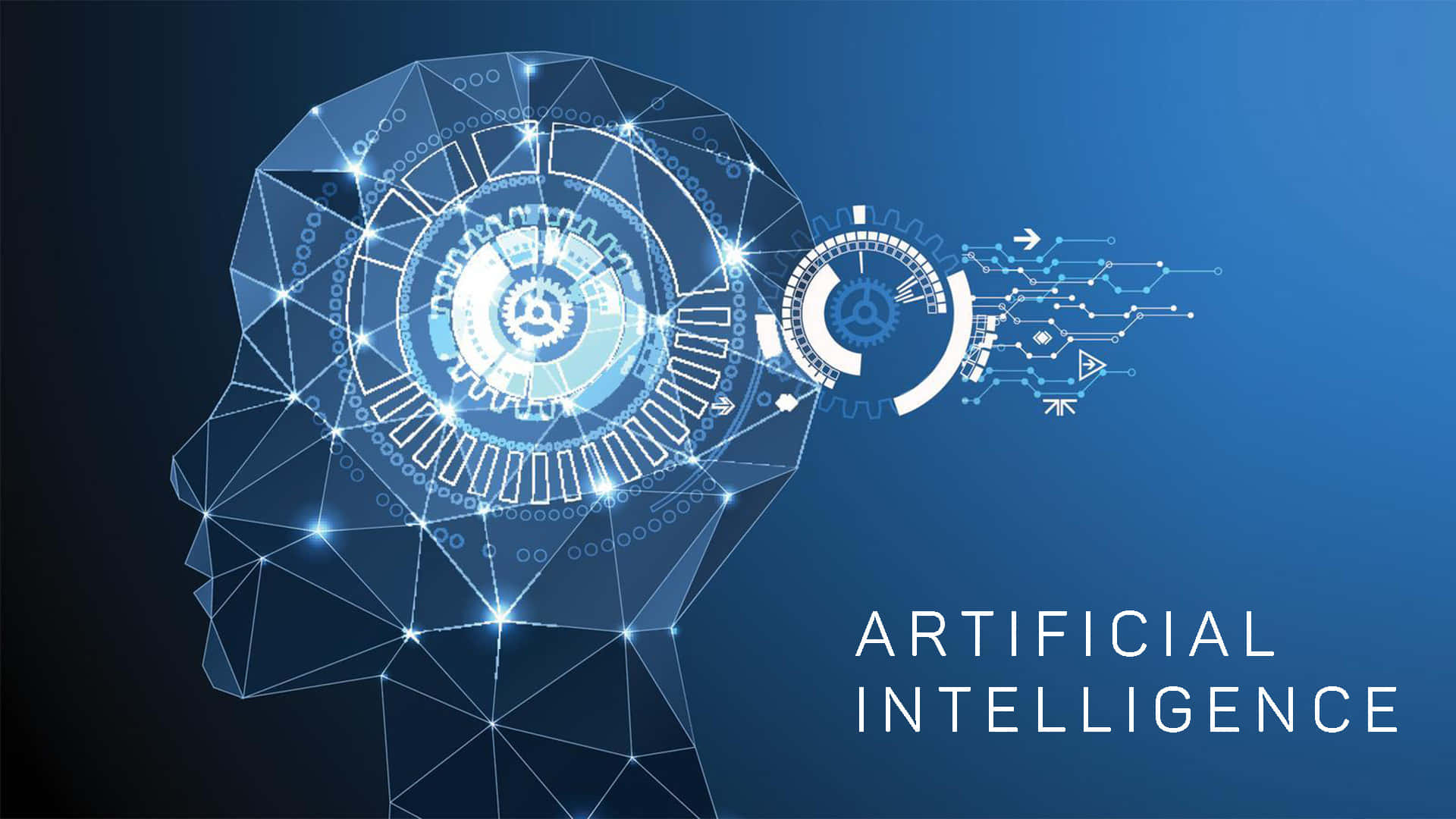AI is an amazing tool when used for good. It can help you brainstorm when you’re out of creative juice, make everyday tasks easier with automation and organization, and even translate languages AI is an amazing tool when used for good. It can help you brainstorm when you’re out of creative juice, make everyday tasks easier with automation and organization, and even translate languages instantly.
But the same tools that make AI so powerful are also perfect for hackers—and that’s the problem. AI is making common scams faster, more convincing, and harder to spot.
According to the Pew Research Center, credit and debit card fraud is the most common scam people face. Out of 9,700 Americans polled in April, nearly half said they had experienced it. That’s a staggering number, and it shows just how easy it can be for criminals to get their hands on someone’s financial information.
How does this happen so often?
Deepfake voices and videos
Hackers can now impersonate someone you know with shocking accuracy. In 2024, a finance worker in Hong Kong was tricked into paying $25 million during a video call with what appeared to be multiple coworkers. They were all deepfakes. If you get a call or message about something important—even if it looks and sounds real—always take a moment to verify it’s really them before making a big decision.
AI-powered phishing
Generative AI can scrape public info from social media, learn who your friends and family are, and craft emails or messages that feel personal. Scammers know that if a message looks like it came from someone you trust, you’re more likely to click a link or share sensitive information. Combine that with a deepfake voice on the phone, and hackers can easily talk their way into your private accounts.
Smarter password attacks
With years of leaked data available online, AI makes it faster than ever to guess passwords. That’s why multi-factor authentication (MFA) is no longer optional—it’s essential. Tools like Google Authenticator, Microsoft Authenticator, or Authy (plus biometrics like Face ID or fingerprint scans) add a critical layer of protection. Even if someone guesses your password, they can’t get in without that second step.
Synthetic identity fraud
AI can gather bits of your real information and combine it with fake details to create a brand-new “person.” Criminals then use that identity to open accounts in your name, take out loans, or make purchases. You may not even realize it’s happening until bills show up in the mail. The best defense? Monitor your credit regularly, freeze your credit when not applying for new accounts, and set up alerts from your bank and credit card companies.
AI isn’t going away anytime soon. While it offers incredible benefits, it also gives hackers new ways to exploit weaknesses. The best way to protect yourself is to stay informed, use strong security practices, and be skeptical of anything that feels off—even if it seems real.
For more details on common scams and how to protect yourself, check out the FBI’s guide: Common Frauds and Scams.


Leave a Reply